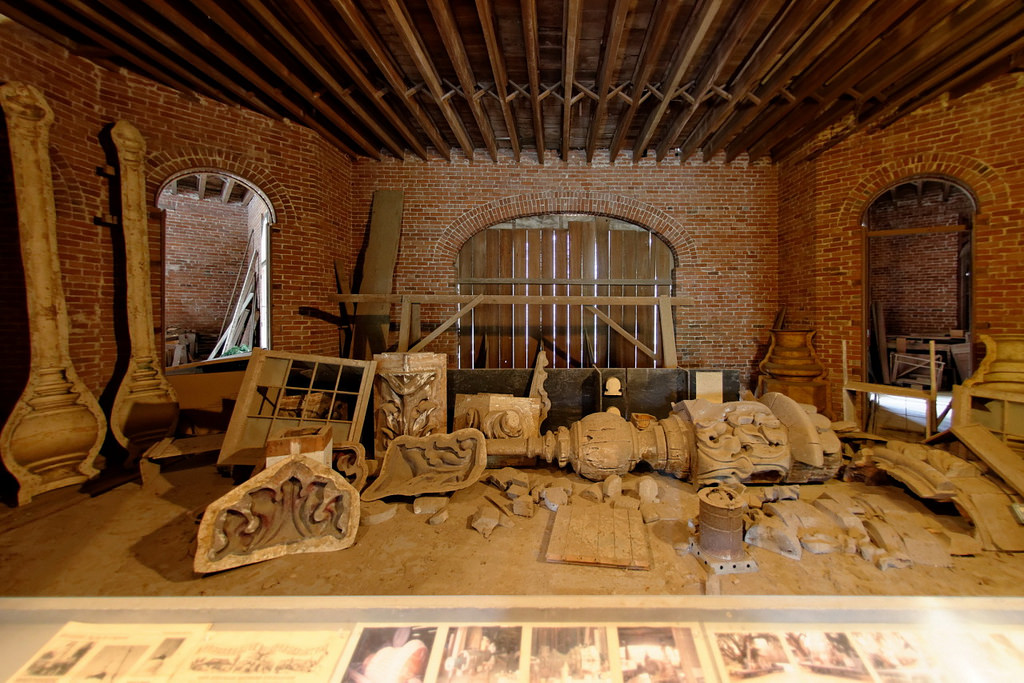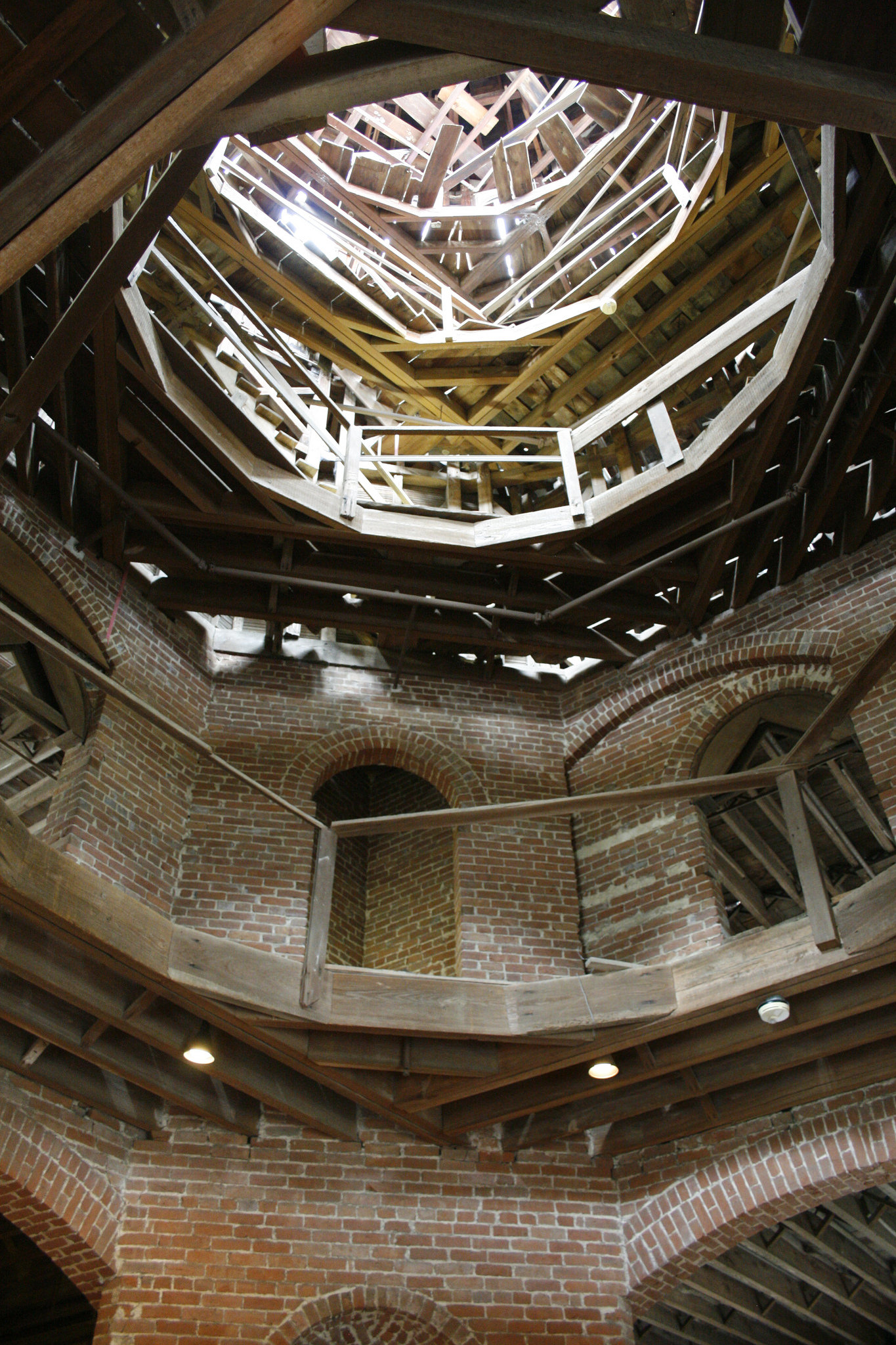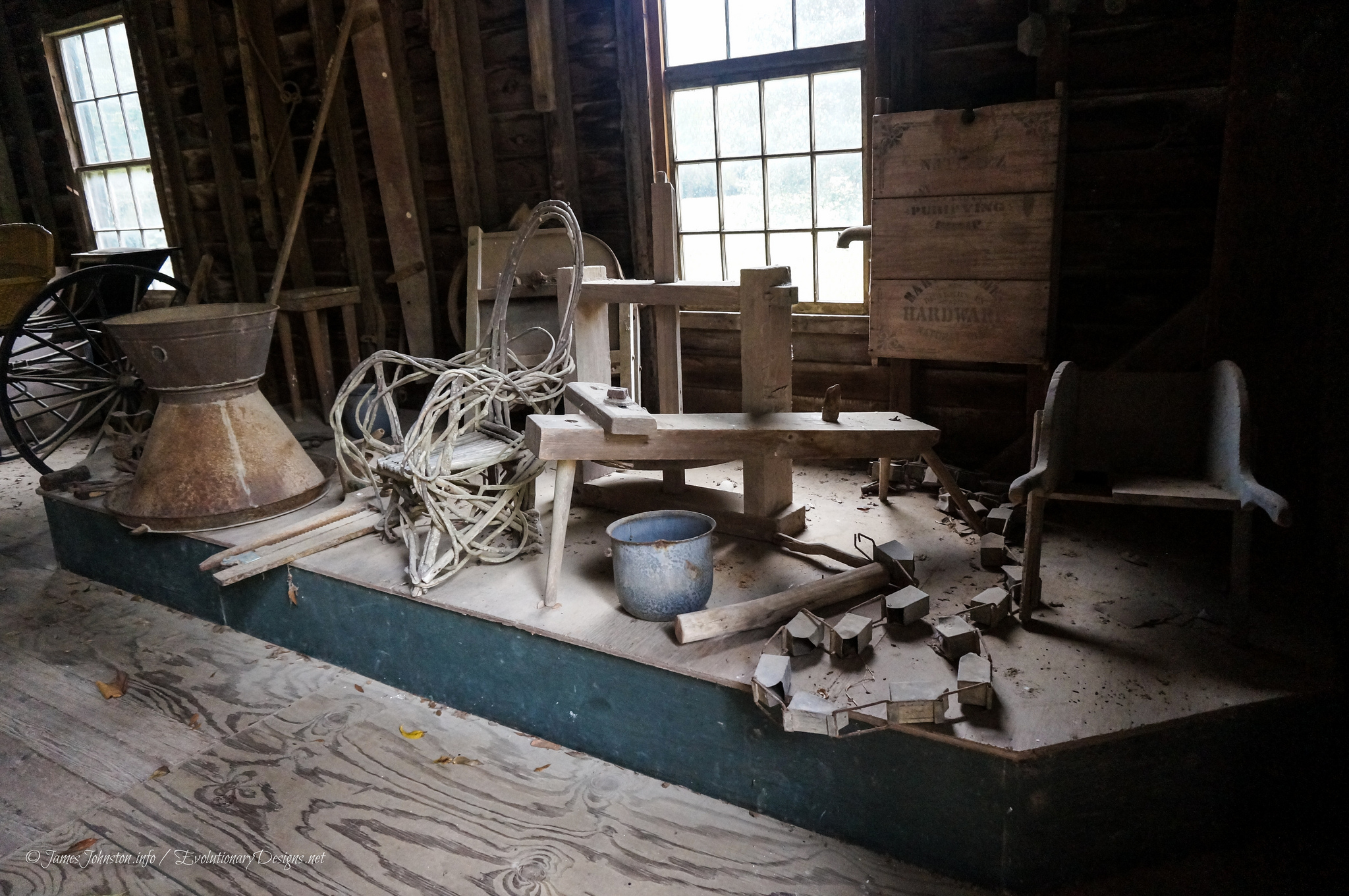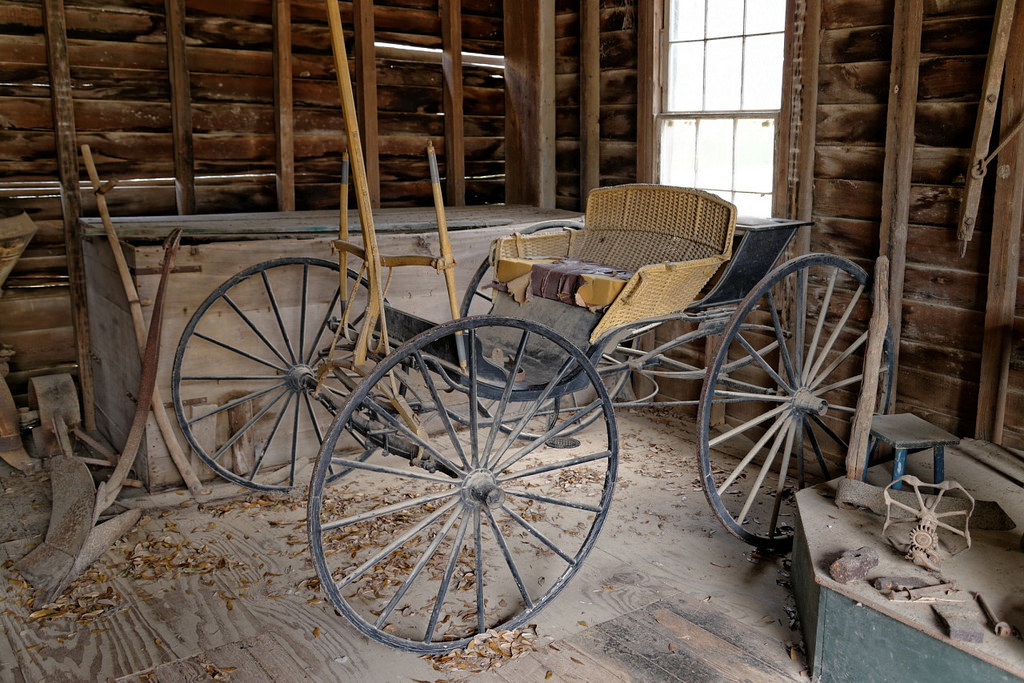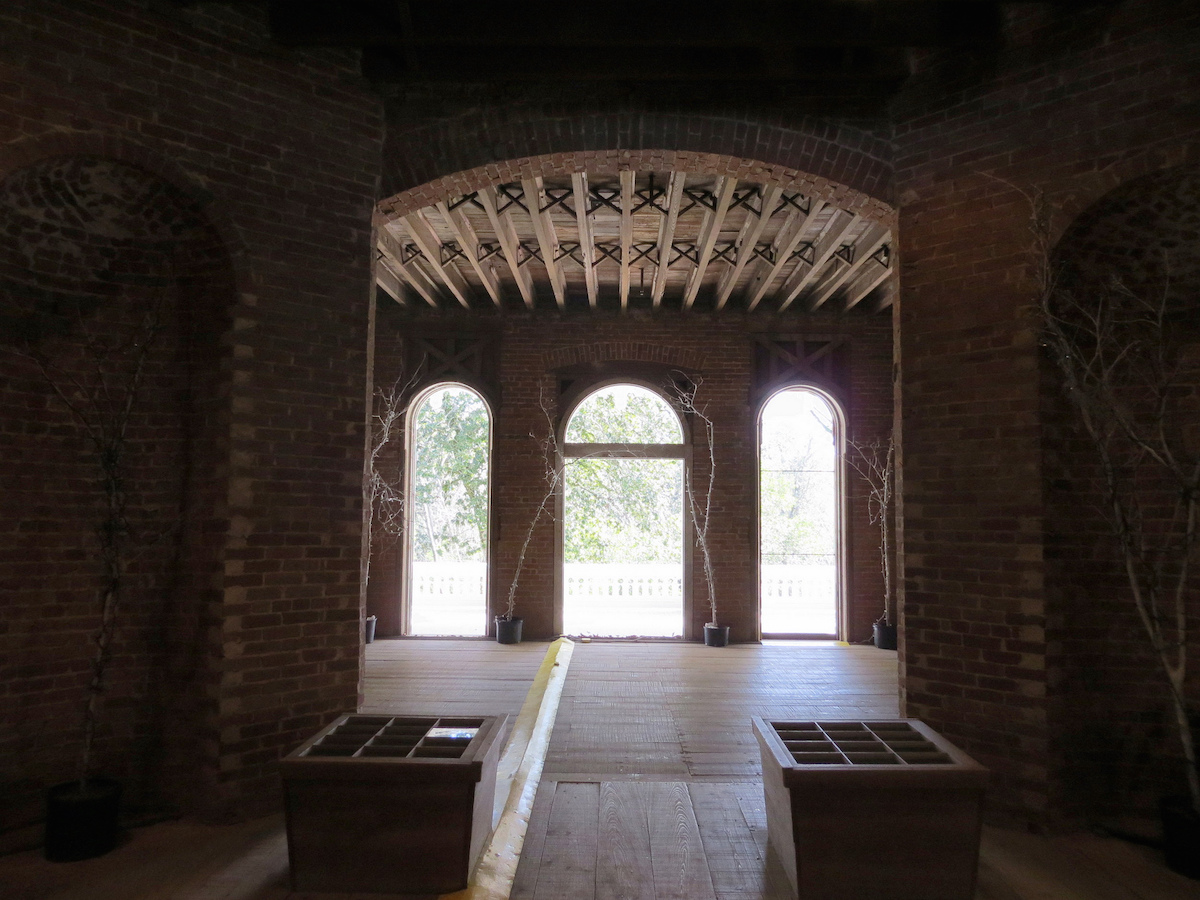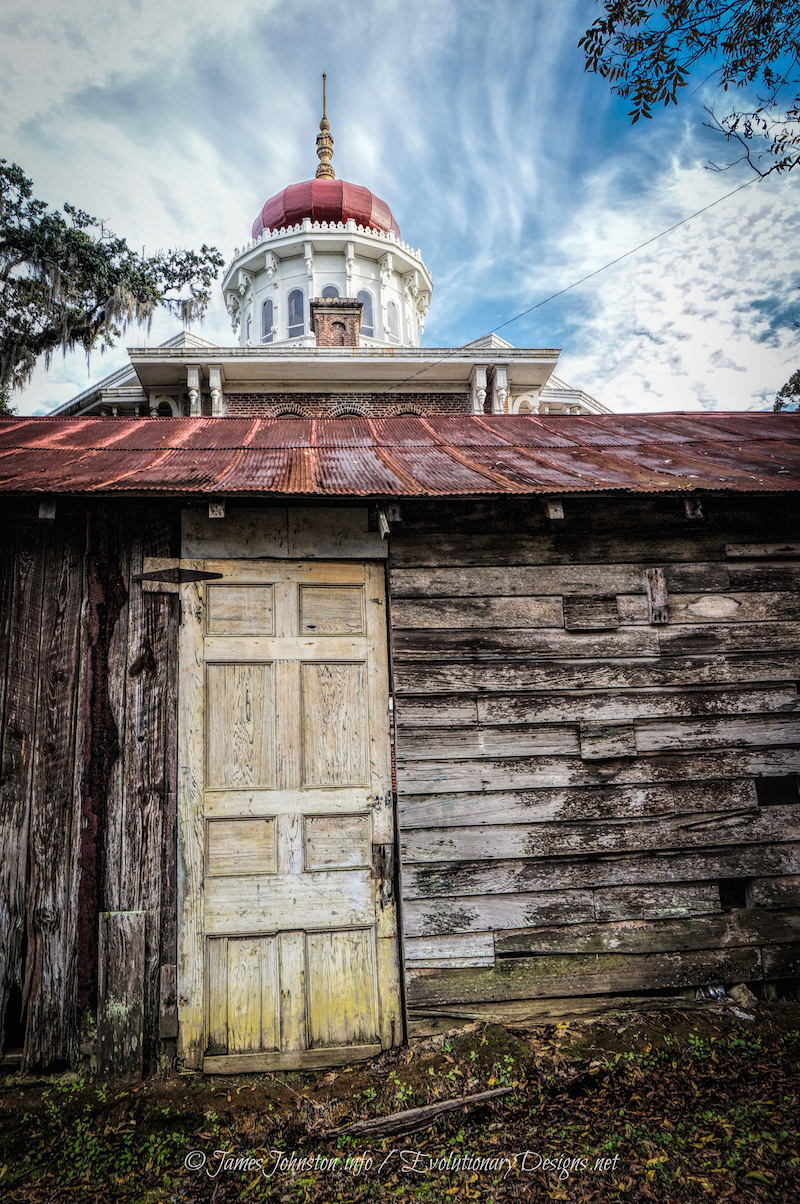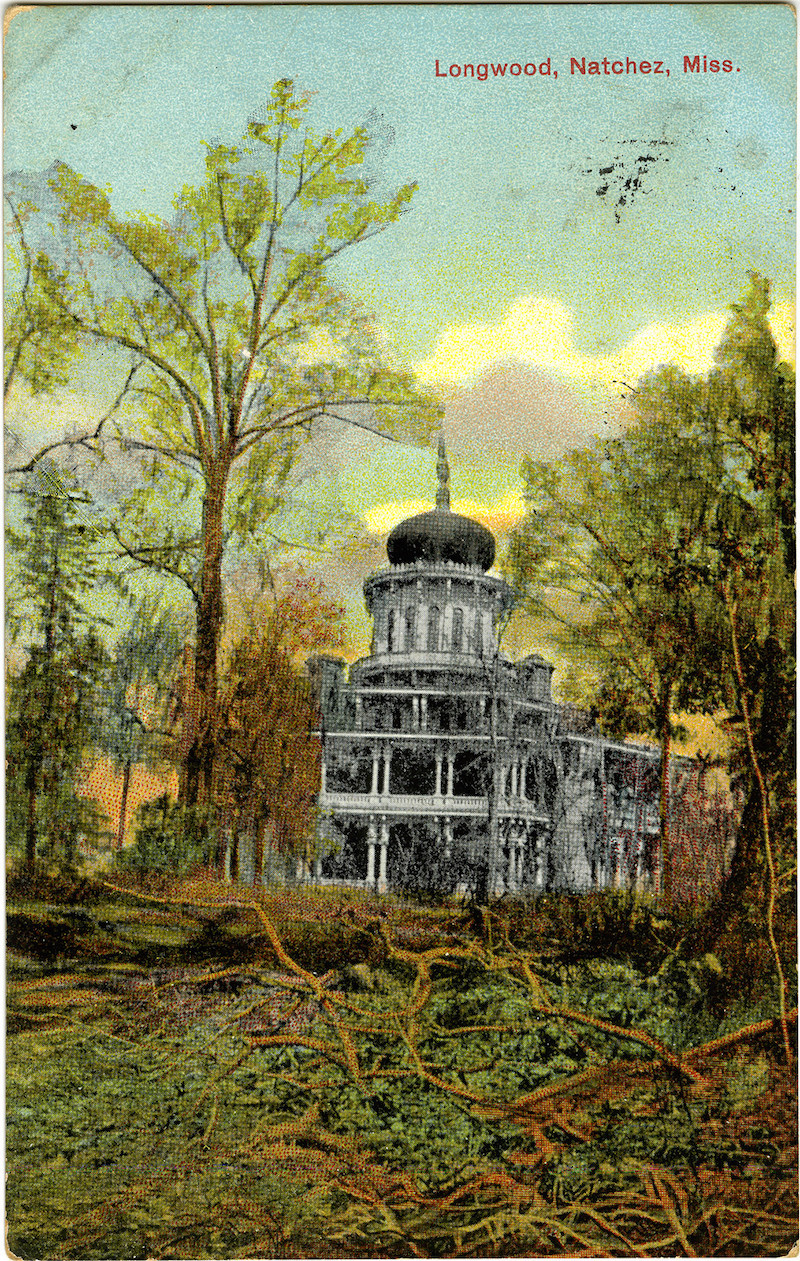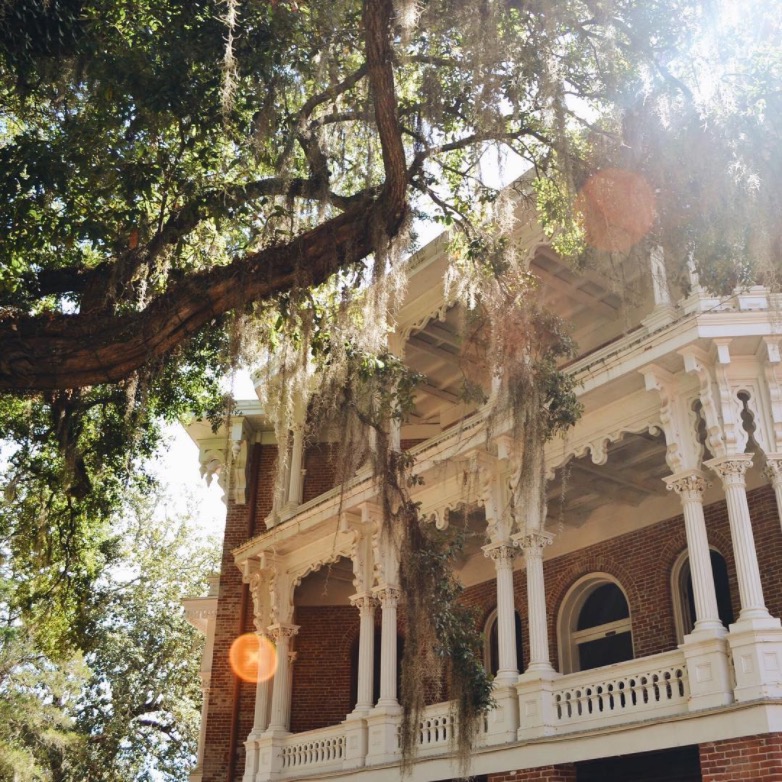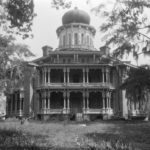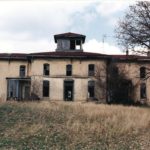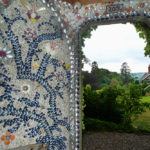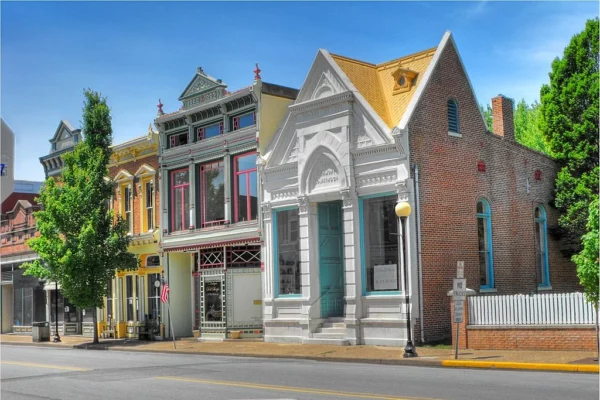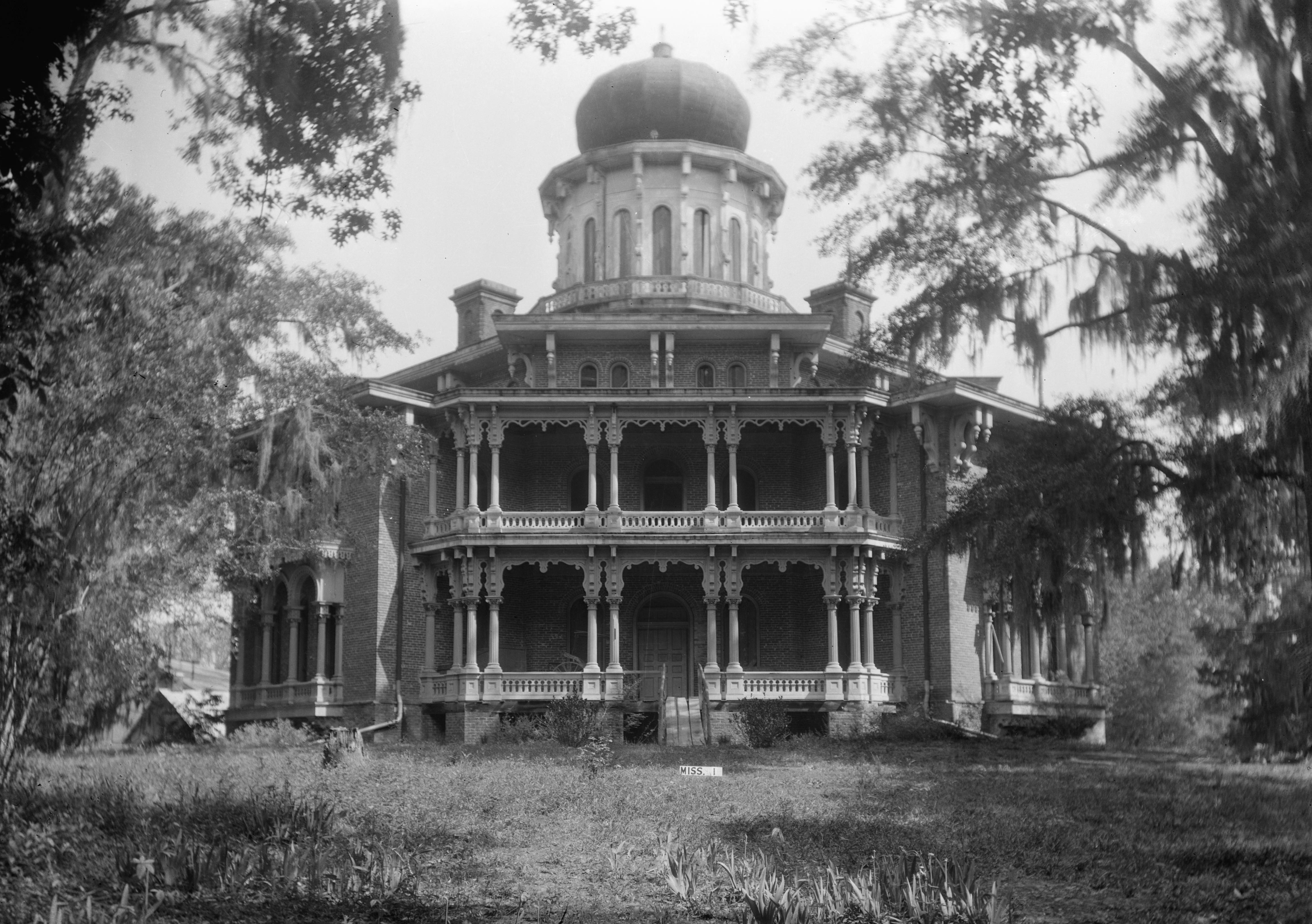
She’s a beauty isn’t she? Pictured here after she was abandoned in the 1930s by a cotton baron’s family that were never able to finish their dream home, Longwood mansion is an extraordinary antebellum plantation house that still stands to this day in Natchez, Mississippi. It’s the largest octagonal house in the United States and despite the ornately-finished shell of this millionaire’s folly, Longwood’s appearance is entirely deceiving. For inside this historic mansion is the surreal time capsule of an unfinished, 150 year-old construction site…
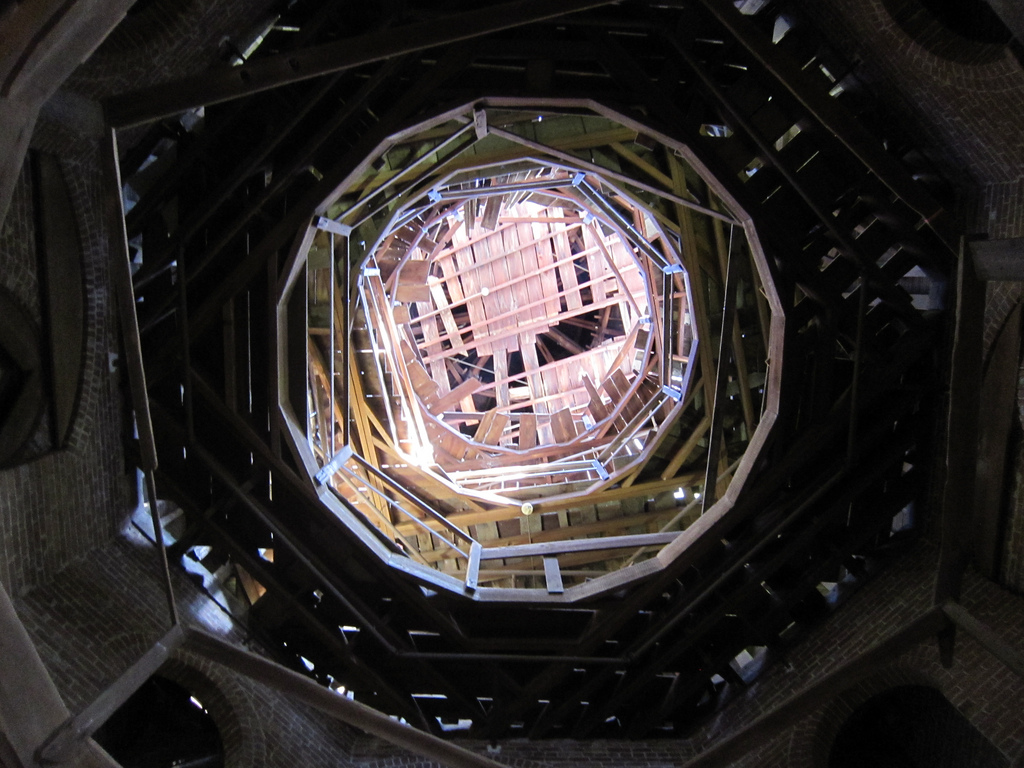
© JuraIMS
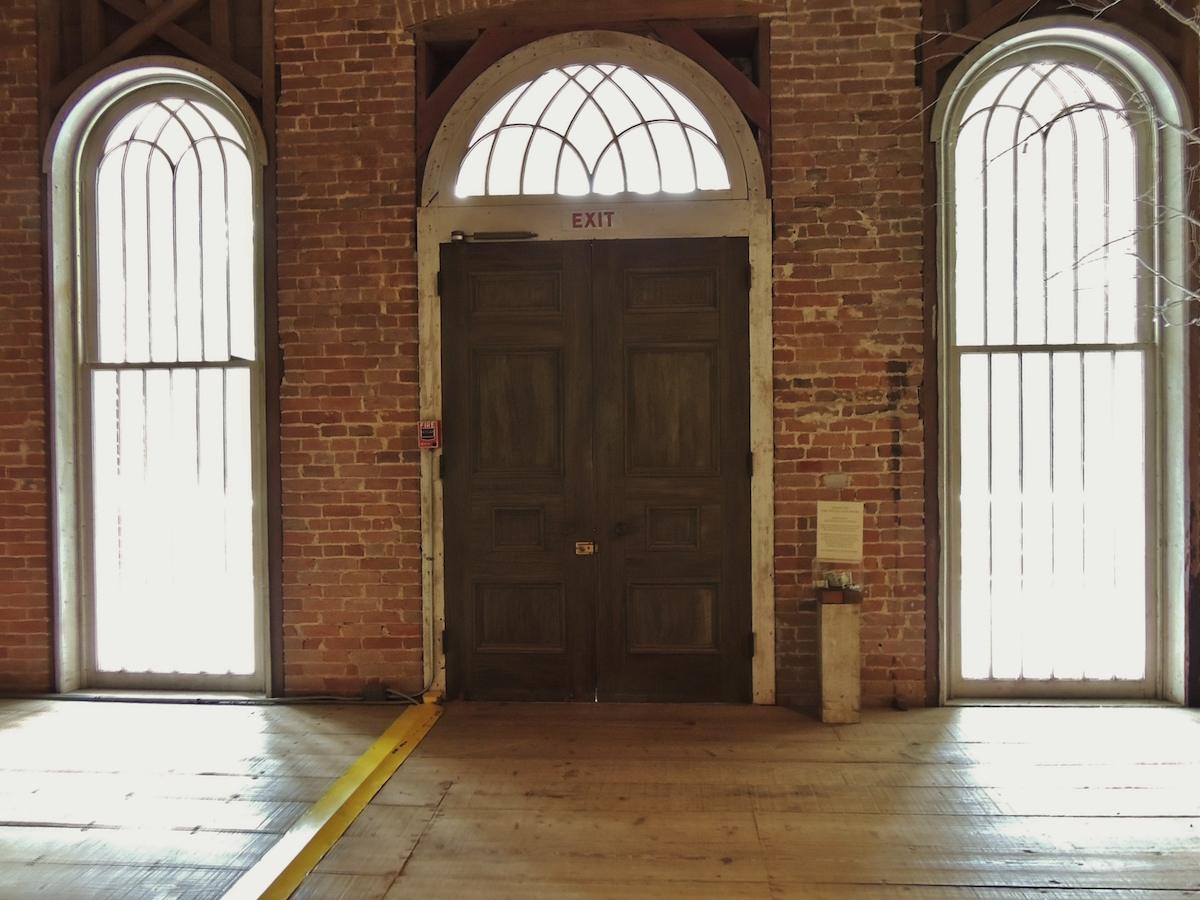
During the last years of opulence in the deep south before the Civil War, wealthy cotton barons dominated society. In the Natchez area alone, there were 15 notable barons, flaunting their millions from the seat of their neoclassical revival mansions, competing with their neighbours to see who could build the most ridiculously extravagant antebellum property. Dr. Haller Nutt was one of those barons, who mainly grew cash crops, including cotton and sugar cane on his 43,000 acres of land. He owned no less than 800 slaves.
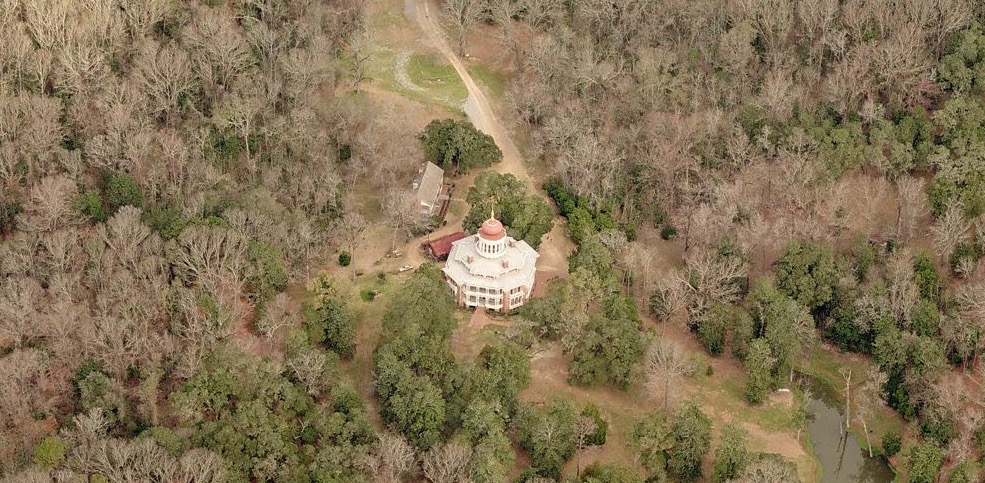
via Bing
Construction on the Longwood mansion began in the 1860s, and rather than the usual Greek Revival style that was so popular in the South during that era, Nutt decide to one-up his neighbours and create a multi-story, octagonal, “Oriental Revival” style building. He’d found the design for it in a book by a noted architect from Philadelphia, Samuel Sloan.
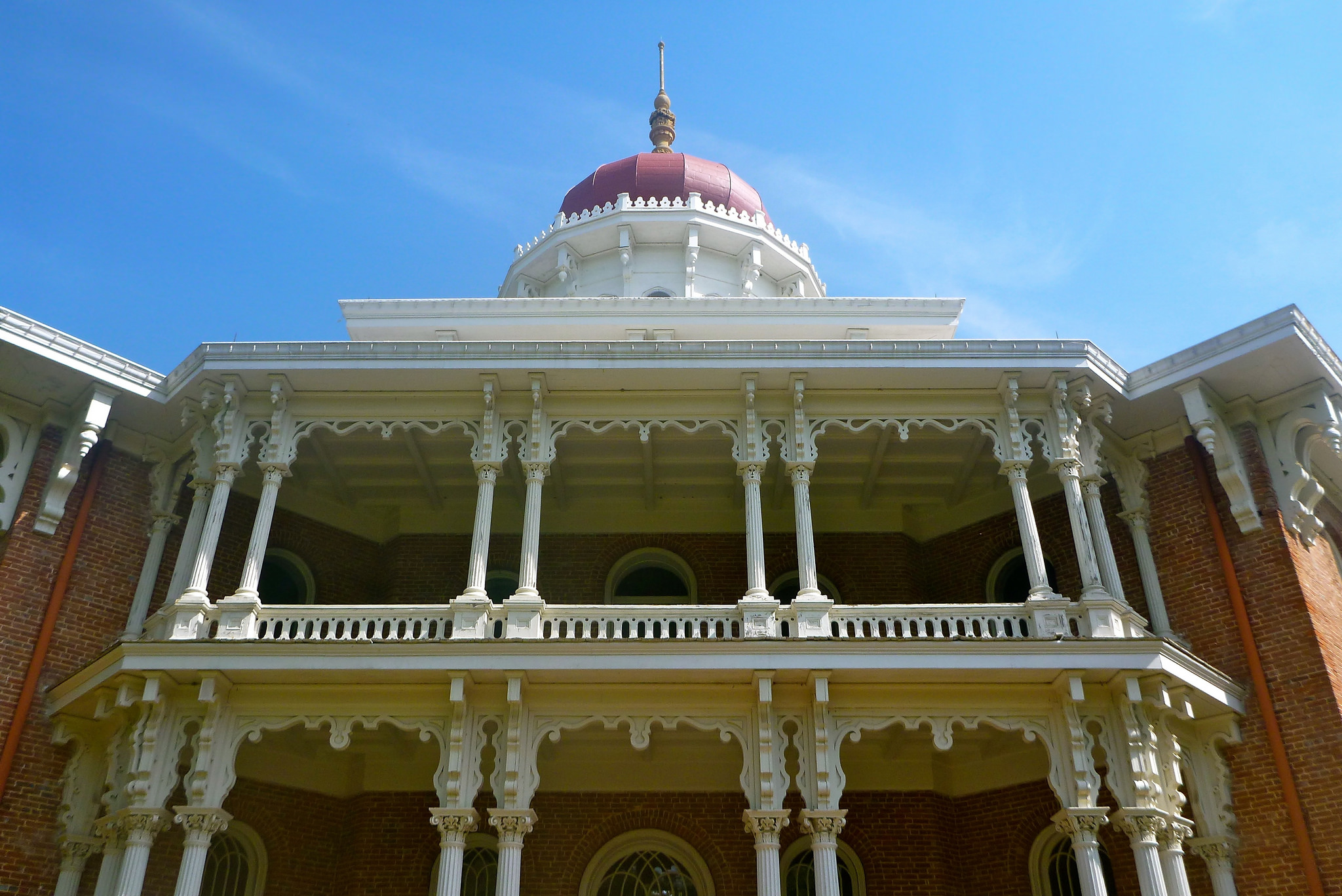
© Luna
Sparing no expense in building a dream palace for his wife, Julia, and their eight children, he hired Sloan to build the six story, 30,000 square feet palace with a large byzantine-styled dome, topped off by a 24 foot finial. More than one million bricks were used to build Longwood, all made on the grounds of the estate.
Just as the exterior had started to take shape, the American Civil War broke out. Samuel Sloan, being from Philadelphia, had hired skilled artisans from his home state up north– a Union state. When news of the war reached Natchez, Sloan’s workers dropped their tools and left to join Lincoln’s army and the “free states” in a war against the Confederacy.
Their job was only half-finished, leaving Longwood as an empty shell of exposed brick and wooden beams, revealing the skeletal design of a spectacular rotunda interior that would never be.
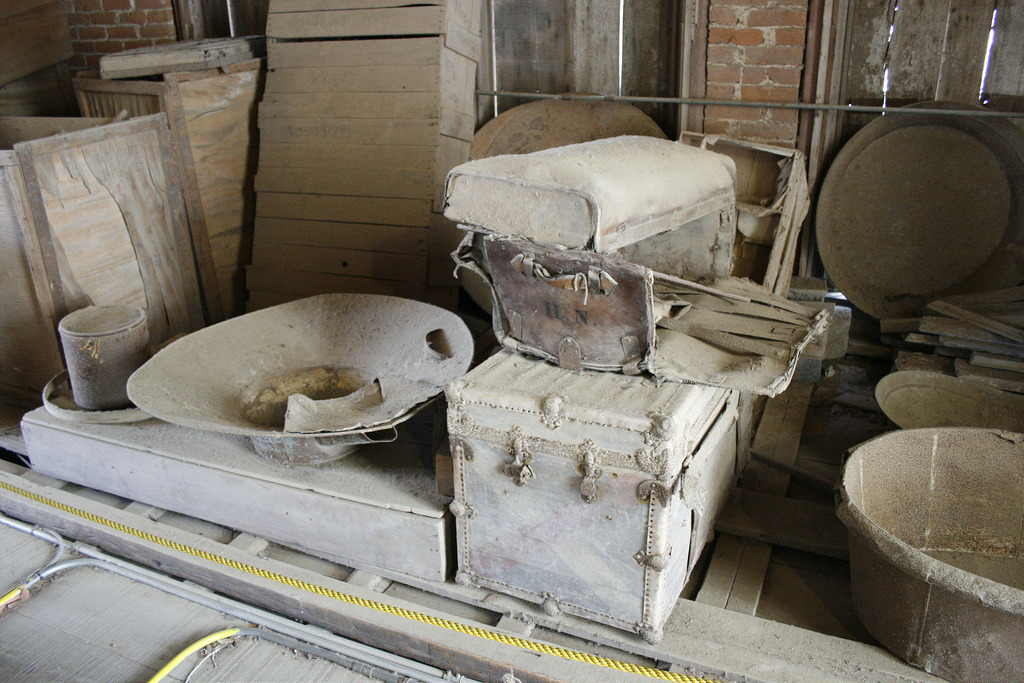
Old family possesions © Sarah Batchtold
So that at least part of the home could be habitable, Dr. Nutt put his own slaves to work on a temporary living quarters in the basement of the house for his family, who had been living across the lawn during the construction period, in a house that was built as future slave quarters.
Longwood’s mansion was supposed to have 32 rooms, 26 fireplaces, 115 doors, 96 columns, and a total of 30,000 square feet of living space. Only nine of the 32 rooms were finished.
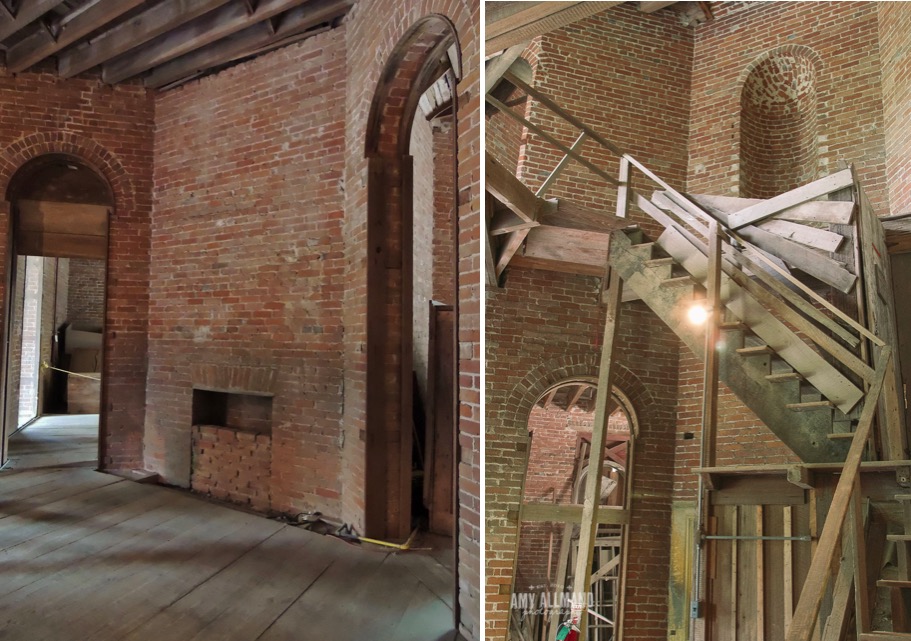
Left: One of the 26 Fireplaces © Cindi Heath / Right: A make-shift staircase in the main hall © Amy Allmand
A year before the Civil War ended, Dr. Nutt died of pneumonia, leaving behind his wife and children living in the half-empty shell of mansion that they would never again have the finances to finish. The cotton baron had lost his fortune to the war and it’s said he died of a broken heart over the lost dream of Longwood.
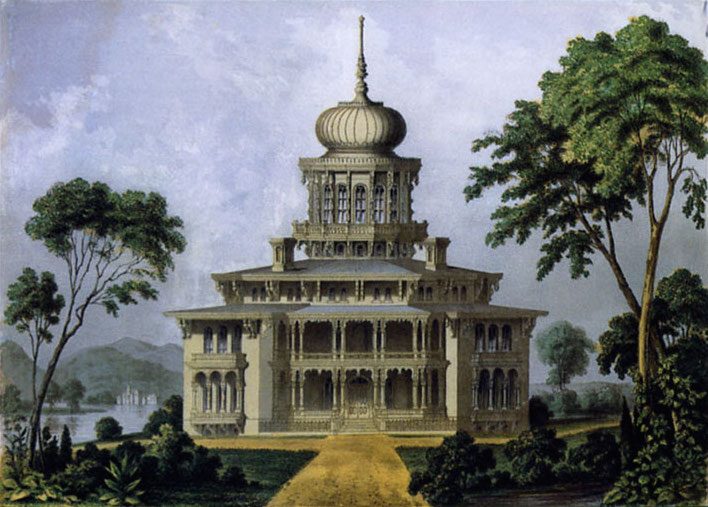
The lost dream of Longwood
While we won’t go feeling too sorry for the owner of 800 slaves, Nutt was said to be a sympathiser of the pro-abolitionist Union which ultimately won the war.
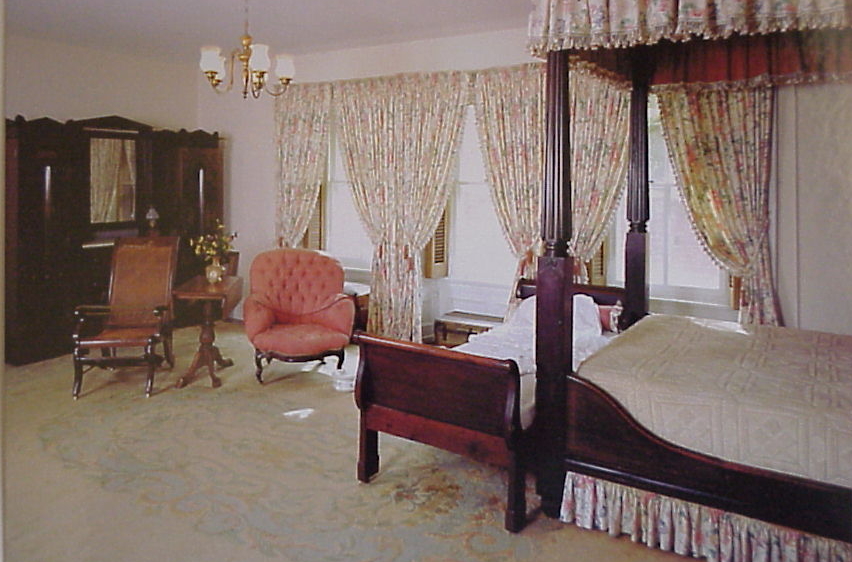
The basement bedroom which was supposed to be a gentleman’s smoking room
Fallen from grace, Haller’s wife continued to live in the basement of the house with their children, beneath the unrealised splendour of her late husband’s vision. While able to maintain a comfortable existence with the furnishings she had on hand, Julia was selling off the plantation’s land piece by piece to pay the taxes on the estate.
Three more generations of the family chose to live in the unusual time capsule site of their grandfather’s folly before it was eventually abandoned in 1930.
After three decades of sitting empty, Longwood was sold to a couple of preservationists in the 1960s and offered to a organisation in 1970, the Pilgrimage Garden Club of Natchez, which continues to maintain and manage the estate to this day.
This first floor still holds a number of original furnishings and belongings and on the upper floors, you can still find artisanal tools and building materials with 150 years of dust upon them, abandoned at the outbreak of the Civil War. Taking a tour of Longwood is like entering a world where time stands still.
Longwood is located at 140 Lower Woodville Road in Natchez, Mississippi, open daily and can also be rented for events.


